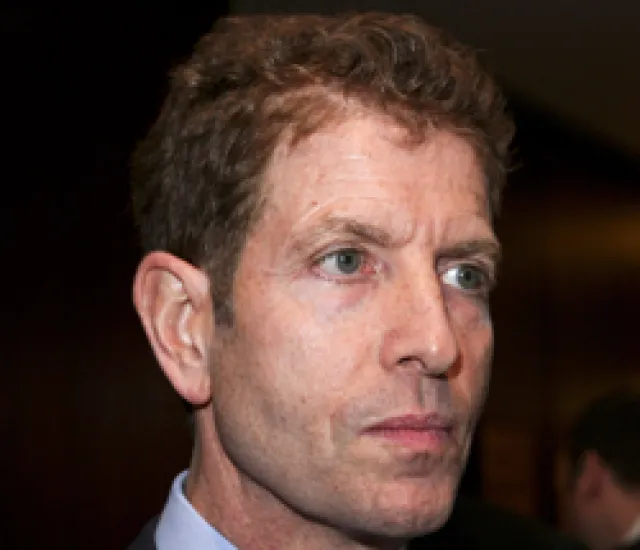You have to hand it to Dan Och. The head of one of the only publicly-traded hedge fund firms — Och-Ziff Capital Management Group LLC — has figured out how to make money for investors in his funds and the company without freaking out investors in his stock.
Call his strategy Spectacular Mediocrity, a term my favorite sports writer during my youth — Larry Merchant — coined to describe baseball Hall of Famer Nolan Ryan. Och and Ryan — not bad company.
At year-end, Och — a former co-head of U.S. equity and trading at Goldman Sachs, where he had spent 11 years — heads the seventh largest hedge fund firm with $27.6 billion under management at year-end. On Tuesday, he said this cache swelled to $29.4 billion as of May 1. AUM was just $24.8 billion as of March 31, 2010.
This translates into a lot of revenues. The firm’s blended management fee is 1.7 percent. So, in the first quarter alone, the company generated management fees of $113.7 million, which was 14 percent more than the $99.6 million collected in the first quarter of 2010.
Also, what the company calls distributable earnings surged 33 percent, to $65.2 million, for the first quarter, compared with the 2010 first quarter.
These are the kinds of numbers and growth rates investors in the stock — and Wall Street analysts — like. Slow and steady and predictability are their favorite trend lines.
Never mind that the hedge funds themselves have lagged the market of late. In the first quarter of this year, for example, the gargantuan OZ Master fund was up 3.36 percent, compared with 5.9 percent for the S&P 500. In April, OZ Master was up 0.69 percent while the S&P 500 was up 2.85 percent. It lagged last year as well.
Not exactly your father’s hedge fund manager. In fact, hedge fund icon Michael Steinhardt recently lamented how the business has changed in a CNBC interview, asserting, “it ain't an elite business anymore." He said he sought outsized returns, unlike many funds today that are happy generating returns of "only" 12 to 14 percent. Like Och, although Steinhardt did not single him out.
Och doesn’t care. Remember, slow and steady has always been his key mantra, especially now that he is running a publicly-traded company. “We continued to generate positive, risk-adjusted returns, with low volatility and low correlation to the equity markets, while also protecting investor capital,” Och stated in his first quarter earnings announcement.
In fact, the Master fund’s 14.2 percent annualized return since its inception in 1994 compares very favorably with the 8.4 percent return of the S&P 500 during that time period, resulting in just a 0.52 correlation to the overall market.
This model seems to sit well with some investors these days. The stock trades at $15.77 despite dropping by more than 1 percent on Tuesday. Of course, this is down about 40 percent from the all-time high of $26.72 hit when it went public in November 2007.
Back in February Barclays raised its price target to $19 from $17, in part in anticipation of higher incentive fees and the belief that the price-to-earnings ratio was too low.
Shortly after Och-Ziff reported its quarterly results, Citi Investment Research & Analysis affirmed its Buy rating and $21 12-month target. It stated: “Continue to see OZM as major beneficiary of rising alternative demand and share gainer.”
Welcome to the new face of hedge funds.







